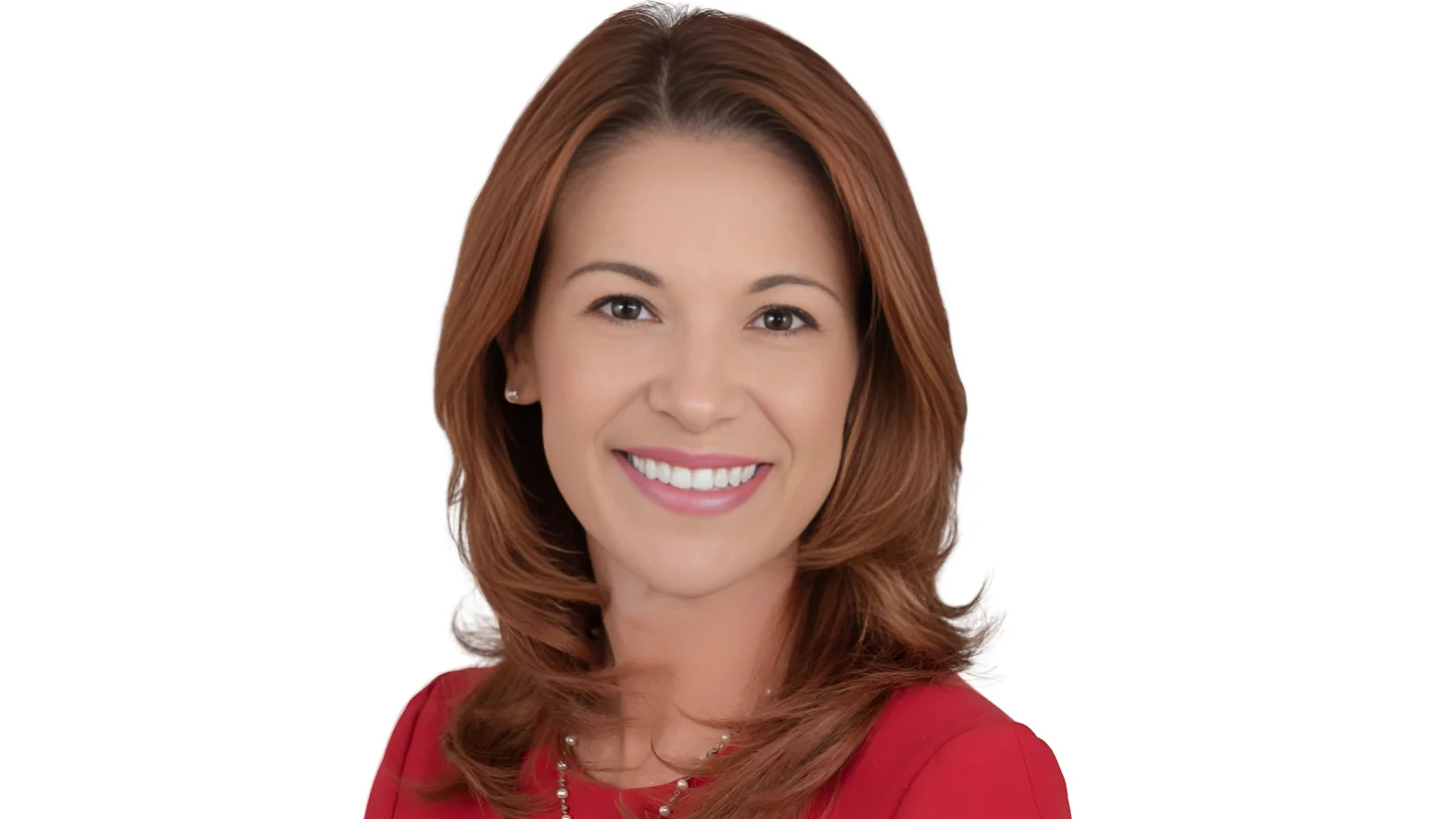
Emily Sass | Facebook
Since early 2020 the COVID-19 pandemic has posed many challenges on traditional public education.
Parents are worried about their children's health and safety, frustrated with juggling the schedules of classes with their own work and increasingly unsure of the quality of education children are getting in the public school classroom.
According to the Texas Home School Coalition (THSC), as reported by Education Daily Wire in December, families that have made the switch from public school to home schooling has skyrocketed. From 1997 to 2019, the rate of withdrawals from public school increased 228% while enrollment numbers in public schools only saw a 41% increase.
Emily Sass, policy director of the Texas Public Policy Foundation's Center for Innovation in Education (TPPF), said this trend could be seen as an opportunity rather than a challenge in the long-term.
"Most schools are funded based on the number of students they serve, so if students attend other districts or other options in significant numbers that can create at least a short-term challenge," Sass told Education Daily Wire. "However, this is an opportunity to see what parents in a community want and and then provide that to them long-term."
Sass said public school districts could use the rise in home-schooled children in their districts to offer support to home-schoolers, learning pods, scheduling models and other resources, assuming that any state policies are updates to reflect models for the trend.
"I think districts that are willing to rethink their approach to education and focus on the basics should do well down the road," she said.
There are three reasons Sass suspects this upward rise in home schooling is happening: safety, quality and consistency. With public schools struggling to maintain the resources and systems to effectively respond and educate during the pandemic, parents of school-aged children are taking their students' education into their own hands to find the security in those three factors.
Although Sass said the number of parents choosing home school has doubled this academic year, the types of schooling outside of traditional in-person public school can still vary. Parents can choose from permanent virtual schooling, to learning pods, to private school. Certain elements of these are even being blended with home schooling to create sustainable structure and social interaction for a homeschooled student, the policy director explained.
In August 2020, a Gallup poll reported that parent satisfaction with public schools is dwindling. Families are using the pandemic as an opportunity to keep their children home and explore different learning models that would better suit them. Nationwide, the portion of students in public school has dropped 7% to a bit more than three-quarters of all school-aged children.
"A national poll recently found that two-thirds of parents wanted schools to offer multiple learning approaches," Sass said. "That’s instructive to me. Parents varied on which approach they wanted for their children but they did want to pick it for themselves."
In the December EDW article, Stephen Howsley, the THSC spokesman, said Texas is one of the most free states for home schooling.
"There are very few regulations, and that allows parents to customize education for each child," he said. "A lot of people have realized over the years that a one-size-fits-all solution is not great when it comes to education. It really does vary based on each child and parents are looking for any possible way to make education more flexible, especially having multiple children.”





 Alerts Sign-up
Alerts Sign-up